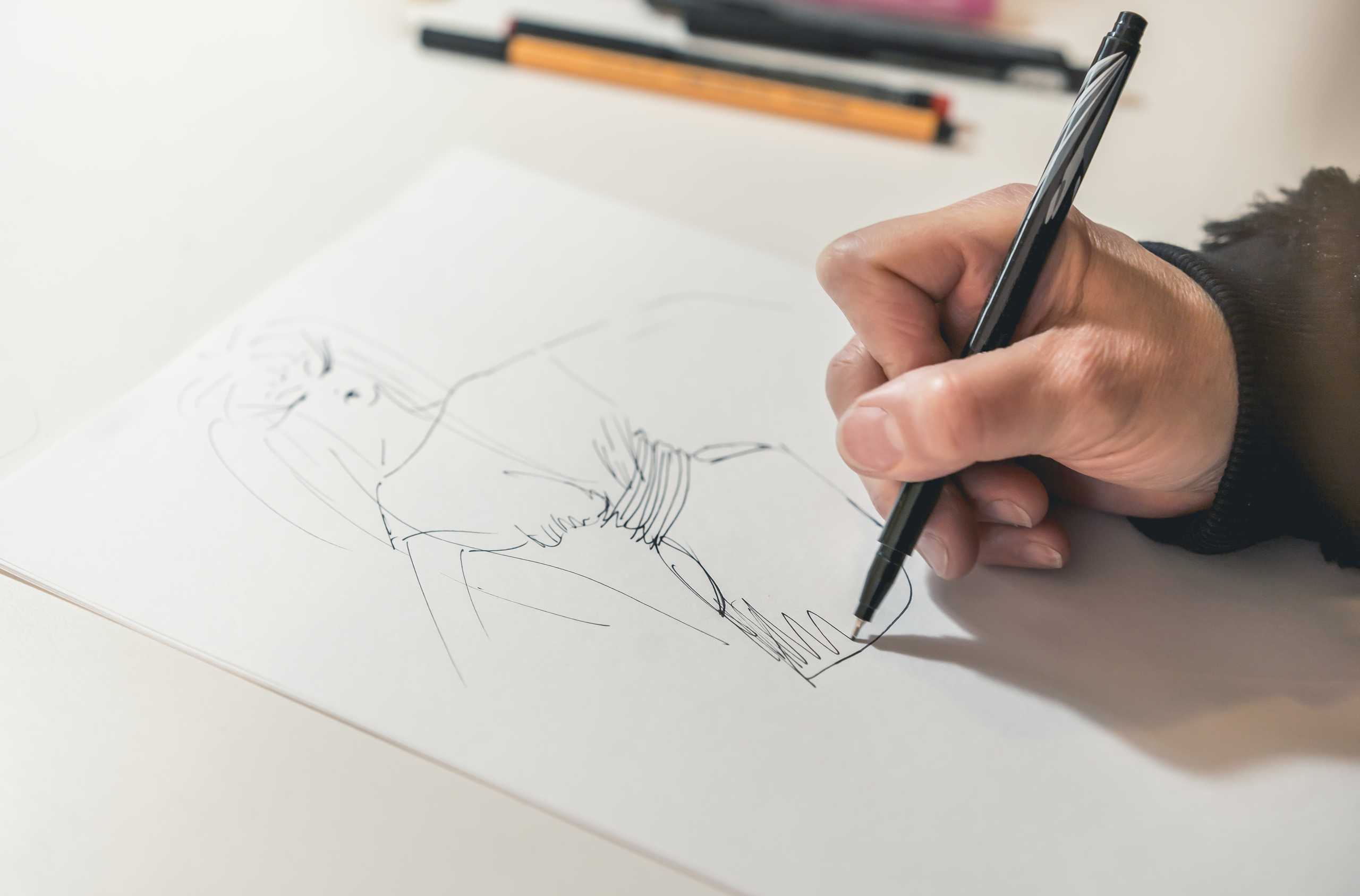Introduction
Many aspiring artists wonder how to develop a personal style while learning classical techniques. Academic drawing provides a strong foundation—mastering fundamentals of line, form, and perspective—while giving you the tools to explore and express your unique vision. Style emerges naturally when technical skill meets creativity.
Building Skills Before Style
- Master the Basics: Accurate anatomy, proportion, shading, and perspective form the backbone of expressive work.
- Practice Regularly: Frequent drawing refines observation and hand-eye coordination.
- Study the Masters: Analyzing classical works helps you understand how others balanced technique and expression.
Solid technical skills give you freedom to innovate without losing clarity or coherence.
Incorporating Personal Expression
- Experiment with Mediums – Pencil, charcoal, ink, or digital tools all offer different expressive possibilities.
- Play with Composition – Rearranging elements, exploring perspectives, and adjusting focal points adds individuality.
- Infuse Emotion – Subtle gestures, contrast, and lighting can reflect your personal interpretation of a subject.
Blending technical precision with personal vision creates work that is both skillful and uniquely yours.
Finding Inspiration
- Observe the world around you: nature, architecture, people.
- Mix classical techniques with contemporary themes or concepts.
- Keep a sketchbook for experimentation—your style grows with practice.
Regular exploration ensures your work evolves organically while remaining grounded in solid fundamentals.
Conclusion
Academic drawing is not the end of creativity—it is the beginning. By mastering the principles of classical art, you gain the confidence and tools to develop a unique style. Every study, sketch, and observation brings you closer to expressing your personal artistic voice.

